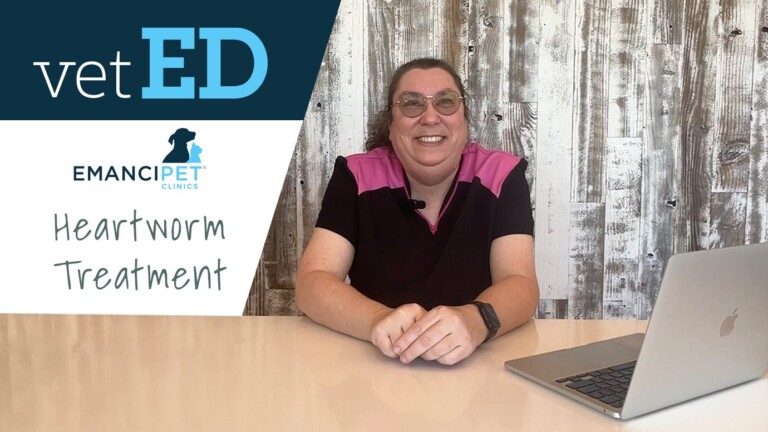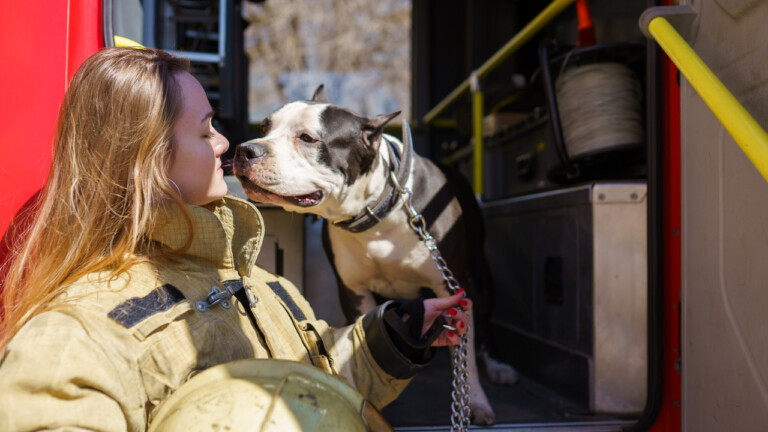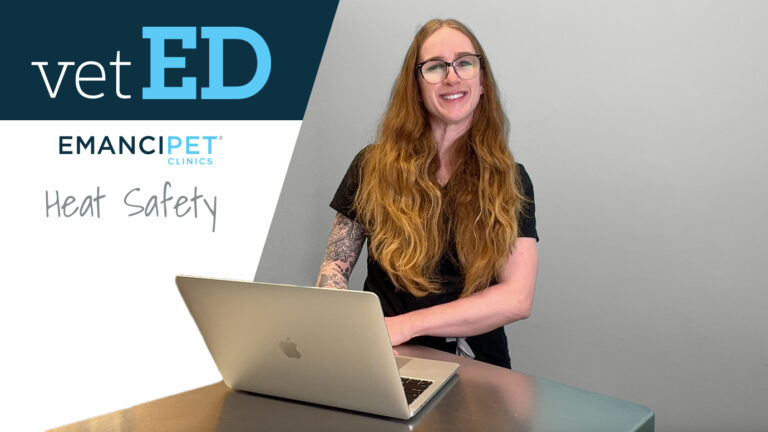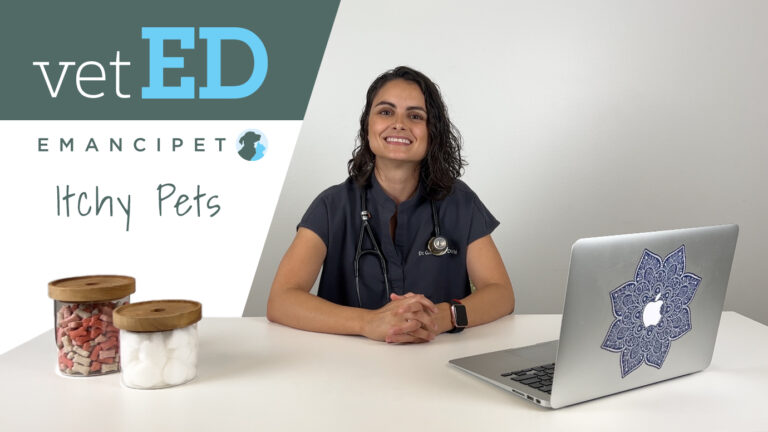In 1992, Susan Powter told us we could eat 5,000 baked potatoes a day and not gain a pound. A few years later, Dr. Atkins recommended a restrictive, almost carb-less diet. Today, food fads are different- low-carb, gluten-free, vegan, paleo, raw. Well, different, but the same.
Just like humans have seen major changes in supermarket and restaurant offerings, so has the pet food industry seen a major shift. But does it make sense to force the latest food fad on Fido and Fluffy? That’s not exactly an easy answer; just like people, all pets have different nutritional needs.
The good news is that we’re paying more attention than ever to what our pets put in their mouths.
Should you go against the grain?
Dr. Susan Wynn of BluePearl Veterinary Partners devotes her practice to nutritional counseling and holistic medicine, says that changing your pet’s diet shouldn’t be done lightly. Even though grain-free pet foods bring in an estimated $3 billion a year, Wynn warns that many people have been falsely led to believe that grain free foods are better for pets and may reduce allergies. Wynn claims that in her practice, she sees more dogs who are allergic to meat, rather than grains.
Should you cave in?
The paleo craze has triggered some companies to create “ancestral” diets based on earlier eating habits of canines and felines, but there is quite a bit of debate when it comes to feeding pets a paleolithic diet. Cats are carnivorous, and there are those who believe that they are the perfect candidate for this type of diet. Dogs, however are omnivores.
Dr. Wynn says that people who feed a low-carb or paleo diet to their dogs might be doing so based on the mistaken belief that they are carnivores. She says that evolution’s original plan for dogs and wolves was for them to reproduce frequently and live short lives. This is of course, the exact opposite of what we want now.
Should your pet get a raw deal?
Even though raw diet plans have been around for years, they are now significantly more commonly fed to pets. Raw food companies like Sojos manufacture raw meals in dehydrated form- just add water. While there is no doubt huge benefits to feeding a raw diet, preparing one from scratch requires a fairly significant amount of work. Also, some studies have shown that that raw diets may expose you and your pet to dangerous bacteria.
Should you take it home?
Because so many owners are concerned with the safety and quality of mass produced pet foods, homemade diets are trending. Although for years, we’ve been warned not to give our pets people food, that’s just exactly what some owners are doing on a daily basis now.
Healthy, natural ingredients– meats, vegetables, fruits, and grains, are in fact wonderful for pets. It’s important to create a diet based on your pet’s dietary needs. If you’re cooking for your pet, you’ll need to include supplements for a balanced bowl. Consult with a veterinarian or nutritionist to help create a diet plan that’s right for your pet.
Regardless of what diet you choose to feed your pet, it’s important to consider the quality of ingredients. There are so many commercial foods that are absolute junk- even “premium” foods that are anything but. Emotion can play a huge part in how we make decisions, especially when it comes to what we feed our beloved best friends. And just because you’ve adopted a particular way of eating, it may not be right for your pet.
For more information and to talk to a vet directly, reach out to the Emancipet medical team.




